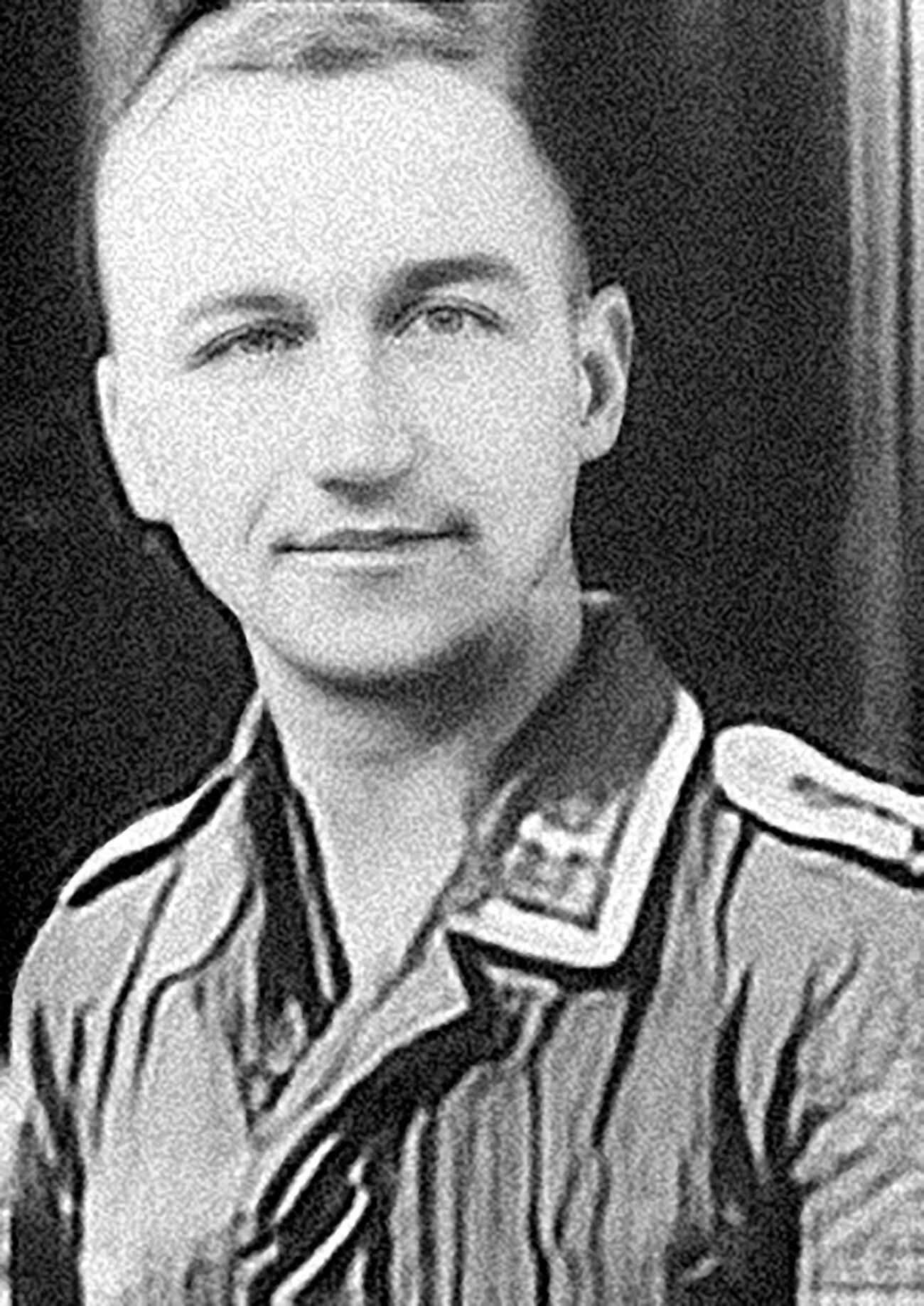

Oberleutnant Max-Hellmuth Ostermann, commander of the 7th squadron of the 54th fighter wing ‘Grünherz’ (‘Green Heart’), was considered one of the best Luftwaffe pilots. By the Summer of 1942, the count of his victories in the air exceeded 100; among his decorations was the ‘Knight's Cross with Oak Leaves and Swords’.
The successful career of the German ace was cut short by Arkady Sukov, the Senior Lieutenant of the 41st fighter aviation regiment, piloting a LaGG-3 fighter aircraft. During an air battle on August 9, 1942, over Lake Ilmen in the northwest of the USSR, he shot down Ostermann’s Messerschmitt Bf.109F, after which the latter crashed into the lake and sank (according to different data, it crashed in a forest).

Oberfeldwebel Rudolf Müller of the 5th fighter squadron ‘Eismeer’ (‘Ice Sea’) became a true headache for the Red Army Air Forces in the Arctic. He was quite successful at downing ‘Hurricane’ fighter aircraft, supplied to the USSR by Great Britain.
In the end, a full-blown hunt was announced against the German ace. On April 19, 1943, during an air battle in the region of the Vaenga airfield near Murmansk, Guard Captain Pyotr Sgibnev, the commander of the 2nd guard fighter aviation regiment of the Air Force of the Northern Fleet, along with Guard Junior Lieutenant Nikolai Boky, flying P-39 Airacobra aircraft, shot down Müller’s Bf-109G-2.
The German managed to land his damaged aircraft and tried to escape to Norway, but was captured. His further fate is unclear. According to some data, he was killed during an escape attempt from a POW camp in Mordovia in October of the same year.

On June 19, 1944, eight Fw-190A fighter aircraft from the 54th fighter squadron escorted Ju-87 dive bombers that were conducting a raid on the Soviet Baltic Fleet ship caravan. La-5FN aircraft of the 3rd guard fighter aviation regiment took off to intercept them.
Over the course of an air battle which unfolded not far from the city of Vyborg, Senior Lieutenant Alexander Potemkin downed the aircraft piloted by German ace Helmut Grollmus. The latter managed to eject with a parachute, but succumbed to the fire from the ground.

On August 8, 1944,Hauptmann Horst Ademeit, commander of the 1st group of the ‘Grünherz’ squadron (I./JG.54), was pursuing an Il-2 attack aircraft in his ‘Focke-Wulf’ FW-190A-5 fighter aircraft in eastern Latvia. In the region of the city of Daugavpils, he was caught in a ferocious fire from Soviet anti-aircraft guns.
The further fate of Ademeit is also unknown. In Germany, he was pronounced dead and posthumously promoted to the rank of Major.

Oberleutnant Otto Kittel from the ‘Grünherz’ squadron shot down 267 enemy aircraft during the war, which puts him at fourth place in terms of effectiveness among Luftwaffe aces. In Winter 1945, he was fighting in the Courland Pocket in western Latvia, where the forces of Army Group North had been cut off from the main forces since October 1944.
On February 14, 1945, Kittel departed to the region of the city of Tukums as the head of the FW-190A-5 squadron, where he stumbled upon a group of eight Il-2 attack aircraft. The German ace downed one plane, after which his fighter aircraft suddenly caught fire, veered down, hit the ground and blew up.
According to one of the versions, Kittel’s fighter aircraft was hit by the gunner of one of the attack aircraft, according to another version he was downed by a Soviet anti-aircraft gun.
If using any of Russia Beyond's content, partly or in full, always provide an active hyperlink to the original material.
Subscribe
to our newsletter!
Get the week's best stories straight to your inbox